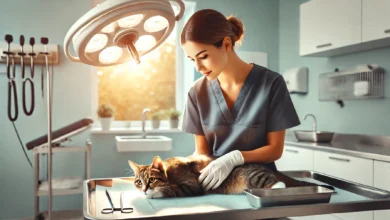Exploring Shelter Cats: Myths and Facts
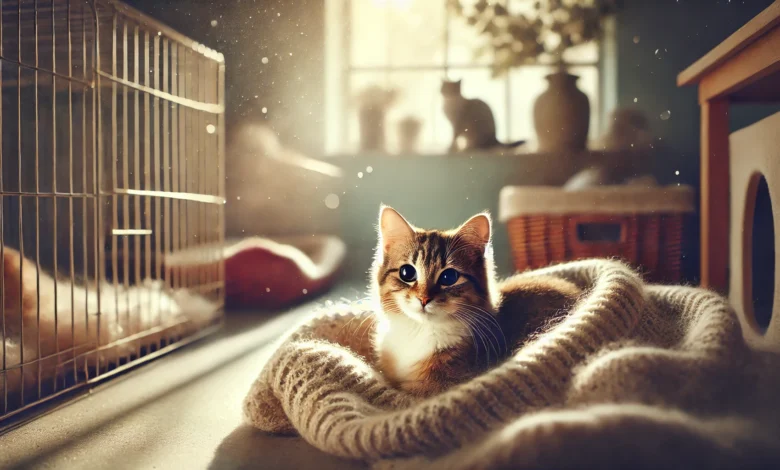
Shelter cat adoption is one of the most rewarding experiences one may undertake in life, bringing warmth and joy into your life, while concurrently providing a loving home for an animal in dire need.
Unfortunately, a host of myths regarding shelter cats seem to recur around the world, discouraging prospective adopters.
We will discuss these myths one by one in this article and introduce the truth behind them, in the hope that more people will be open to shelter cats as their next feline companion.
Table of Contents
Common Misconceptions About Shelter Cats
Despite the many advantages of adopting from shelters, some myths persist that lead people to harbor misconceptions about shelter cats.
Let’s explore some of the more common myths:
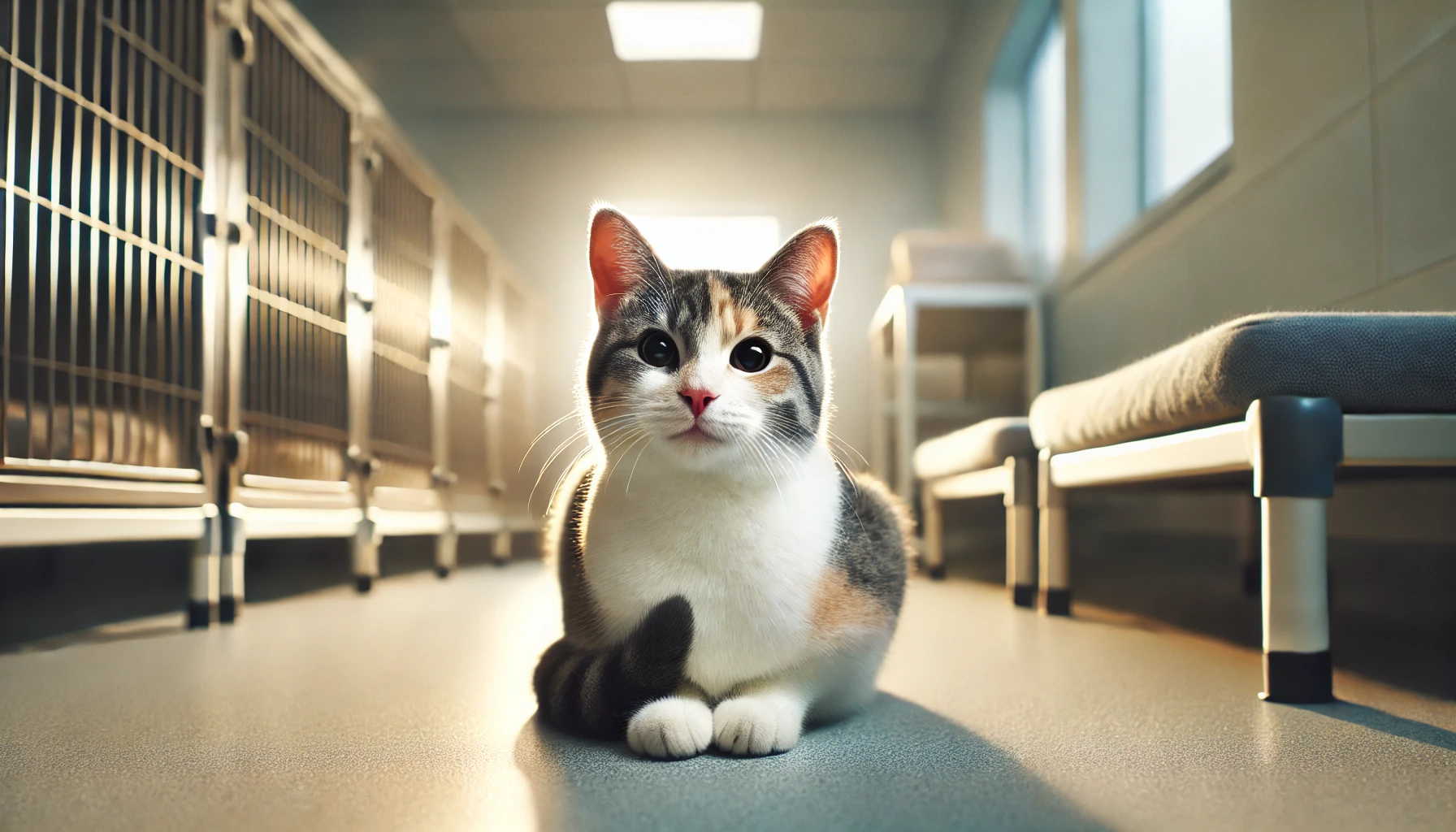
Myth: Cats in Shelters Have Behavioral Problems
People often think that cats are taken to shelters because of behavioral problems, making them unfit as pets.
This is far from true, as cats are surrendered for many reasons that have absolutely nothing to do with their behavior or temperament, including:
- Owner’s relocation or housing restrictions
- Financial constraints
- Allergies within the household
- Changes in family dynamics
It’s essential to understand that a cat’s presence in a shelter doesn’t inherently indicate behavioral issues.
Many are well-behaved and simply in need of a new home.

Myth: Shelter Cats Are Unhealthy
Another myth is that cats in shelters are sickly.
Humane shelters help their animals maintain health by first checking them medically upon intake, followed by vaccinations, providing treatment for any existing conditions, and spaying/neutering before adoption.
These measures ensure that shelter cats are healthy and prepared for adoption, contrary to the myth of illness being a rampant problem among shelter cats.

Myth: Only Older Cats Can Be Found in Shelters
Some people think that shelters mostly have older cats and that finding kittens for adoption is rare.
In reality, many shelters have cats of all ages, including kittens, especially during specific times of the year referred to as ‘kitten season.’ During this period, usually around spring and summer, shelters are often filled with kittens, giving adopters options on age.
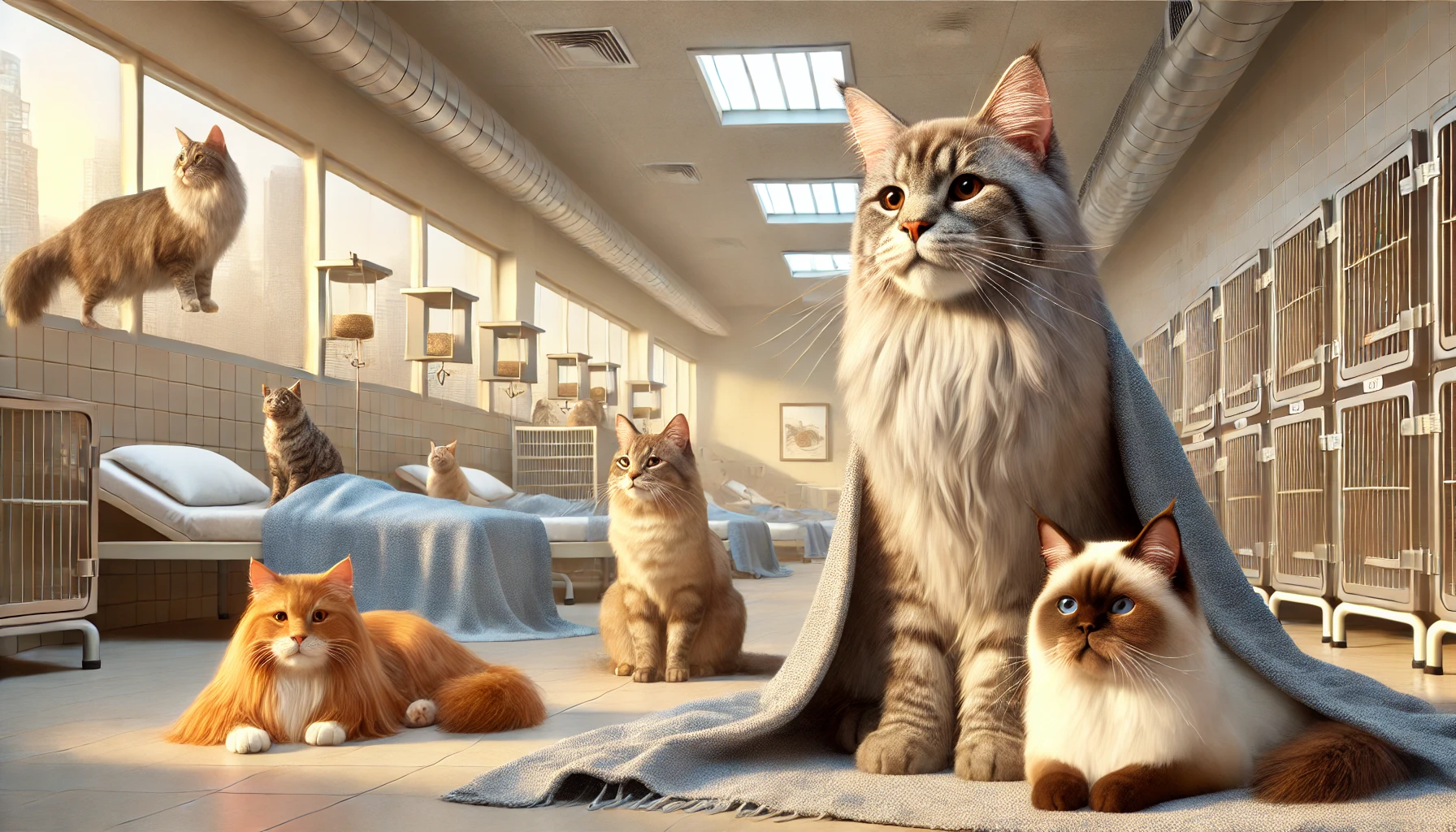
Myth: Shelter Cats Are Not Purebred
People often believe that shelters only have mixed-breed cats, making them less appealing to those looking for specific breeds.
However, many shelters and rescue groups also have purebred cats available for adoption.
In fact, studies have shown that a surprisingly large number of shelter cats are purebred, representing a variety of breeds for potential adopters.
By addressing these myths, we hope to provide a clearer view of shelter cats, encouraging more people to consider adoption as a viable and fulfilling option.
Shelter cats are often misunderstood. Adopting one can bring a loyal, loving friend into your life, contrary to popular myths.

The Reality of Shelter Cats
Understanding the true nature of shelter cats can dispel common misconceptions and highlight the benefits of adoption.
Let’s explore the realities of adopting these wonderful animals:
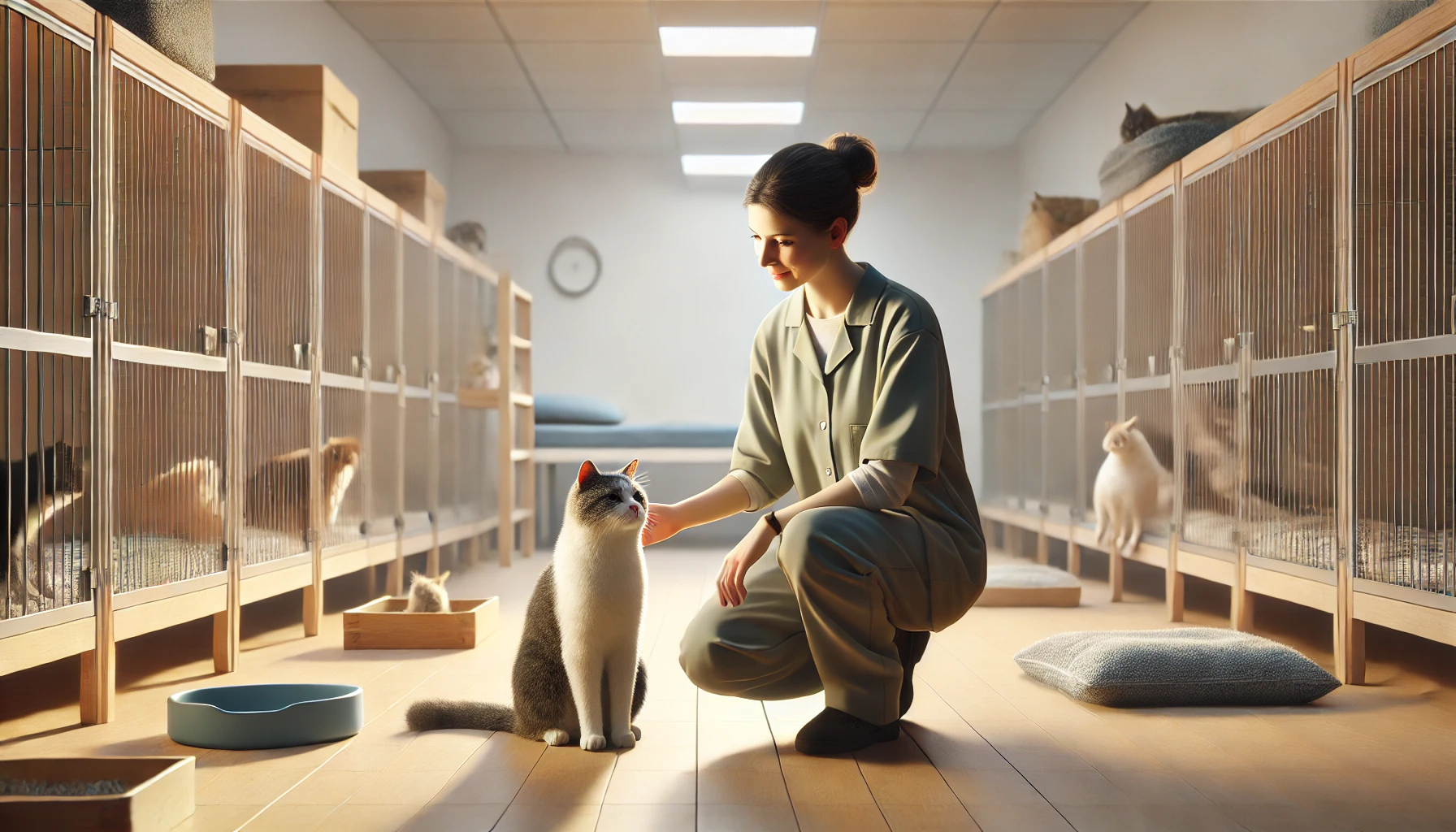
Behavioral Assessments and Training
Shelters often prioritize evaluating each cat’s behavior to ensure successful adoptions.
These assessments help determine:
- The temperament and unique personality traits of each cat
- Socialization levels with people and other animals
- Any potential behavioral challenges that may need addressing
Many shelters also provide training and enrichment programs to help cats adjust to a home environment, increasing their suitability for adoption.

Health Screenings and Veterinary Care
Reputable shelters ensure that shelter cats receive thorough health care, including:
- Initial health examinations upon intake
- Vaccinations against common feline illnesses
- Treatment for any pre-existing conditions
- Spaying or neutering prior to adoption
With these protocols in place, shelter cats are typically healthy and ready for their new homes.
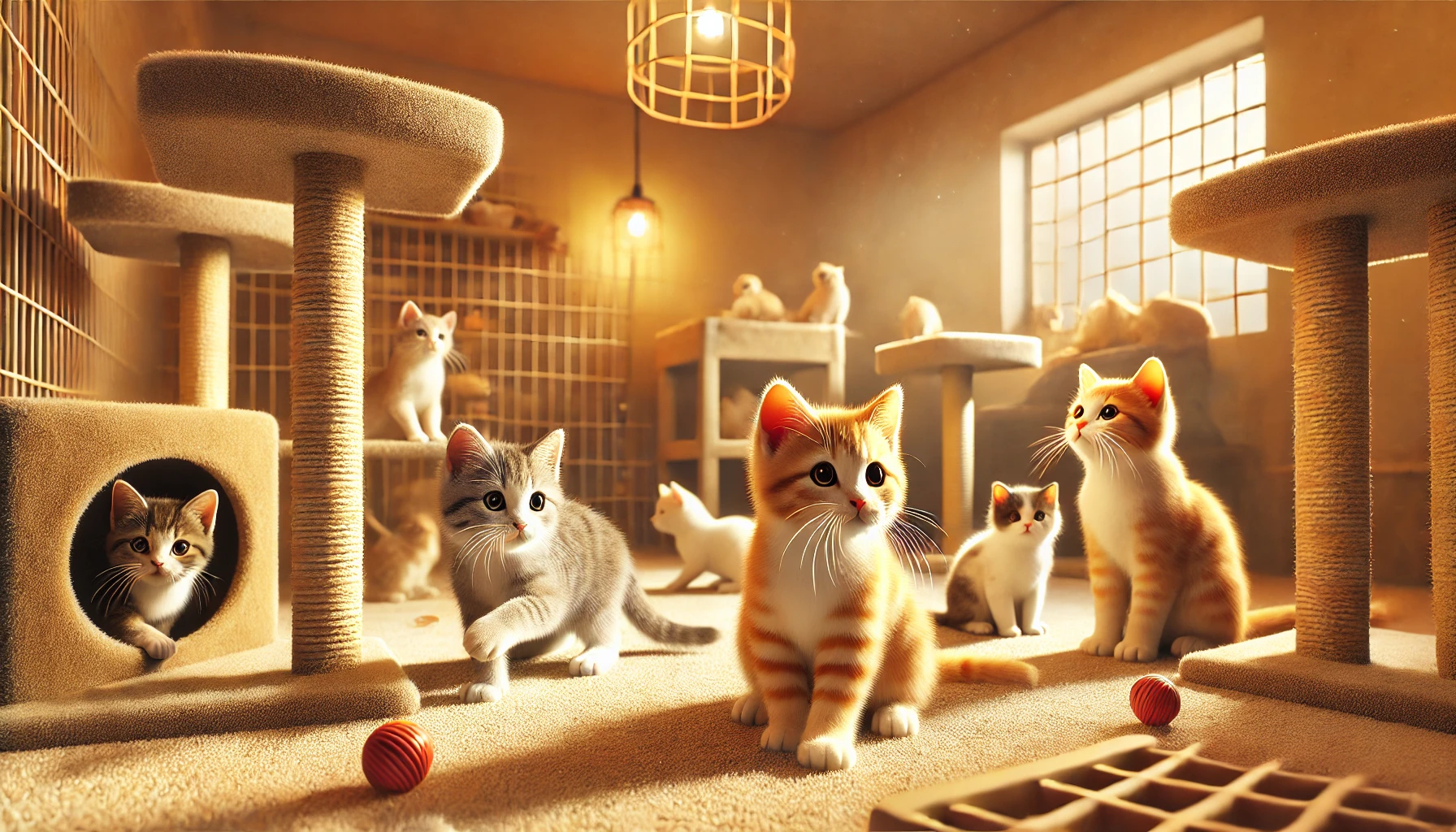
Availability of Kittens and Young Cats
Contrary to the belief that shelters mainly house older cats, many shelters have a wide range of ages, including kittens.
During ‘kitten season’ in spring and summer, shelters often have an influx of younger cats, providing adopters with a variety of age options.
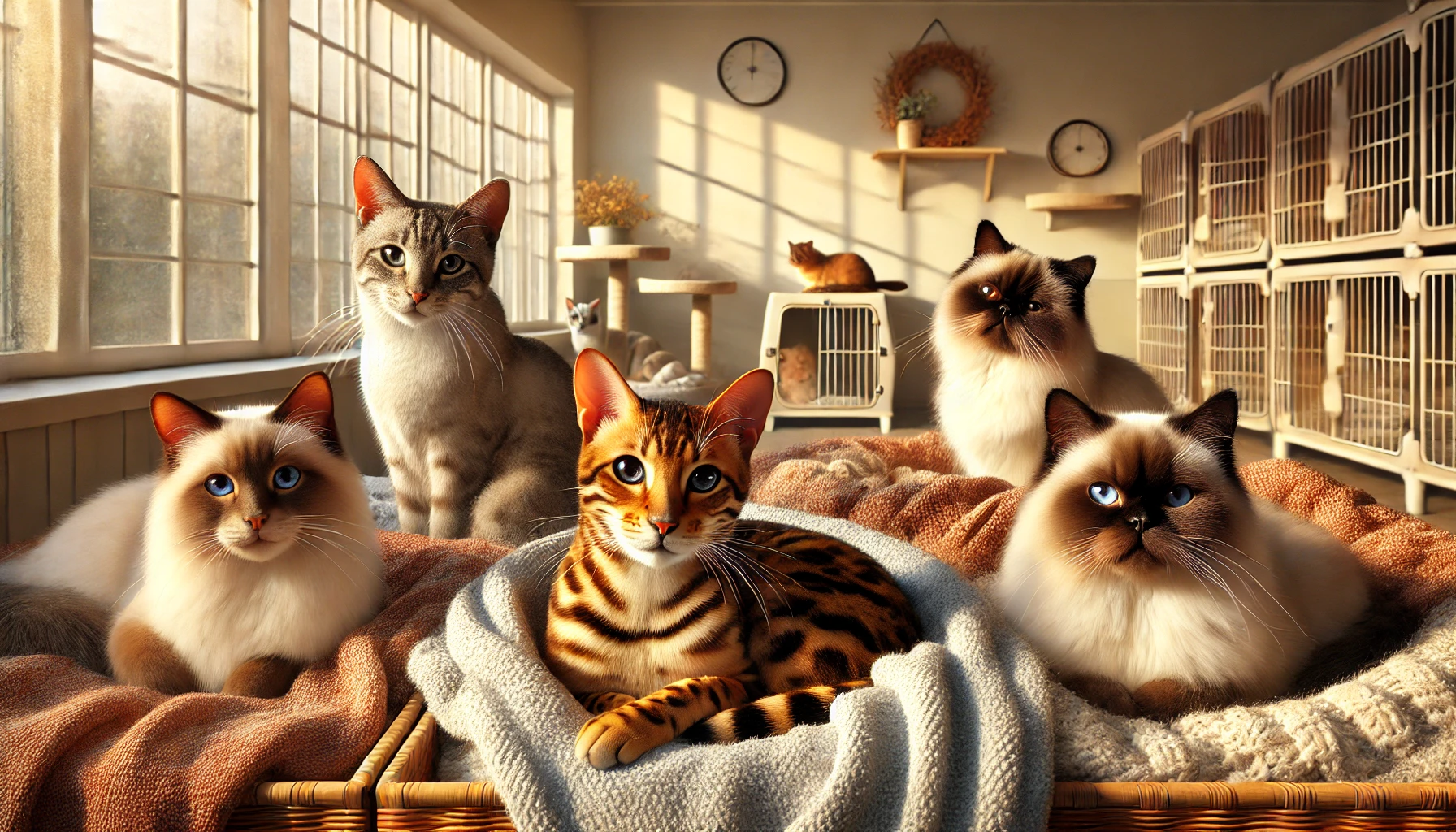
Presence of Purebred Cats in Shelters
Although shelters primarily house mixed-breed cats, purebred cats also find their way into shelters for various reasons.
Many breed-specific rescue organizations collaborate with shelters to rehome purebred cats, giving adopters an opportunity to find specific breeds.
By understanding these realities, prospective adopters can make informed decisions and recognize the true value of adopting shelter cats.
Shelters prioritize health and behavior checks, ensuring cats are ready for a loving home. Adopting can reveal their unique and gentle personalities.

Benefits of Adopting Shelter Cats
Choosing to adopt a shelter cat offers numerous advantages, both for the adopter and the feline.
Let’s explore these benefits in depth:

Saving a Life and Reducing Overpopulation
When you adopt a shelter cat, you not only provide a loving home to an animal in need but also directly contribute to reducing overpopulation in shelters.
This helps shelters make room for other cats in need, potentially saving even more lives.
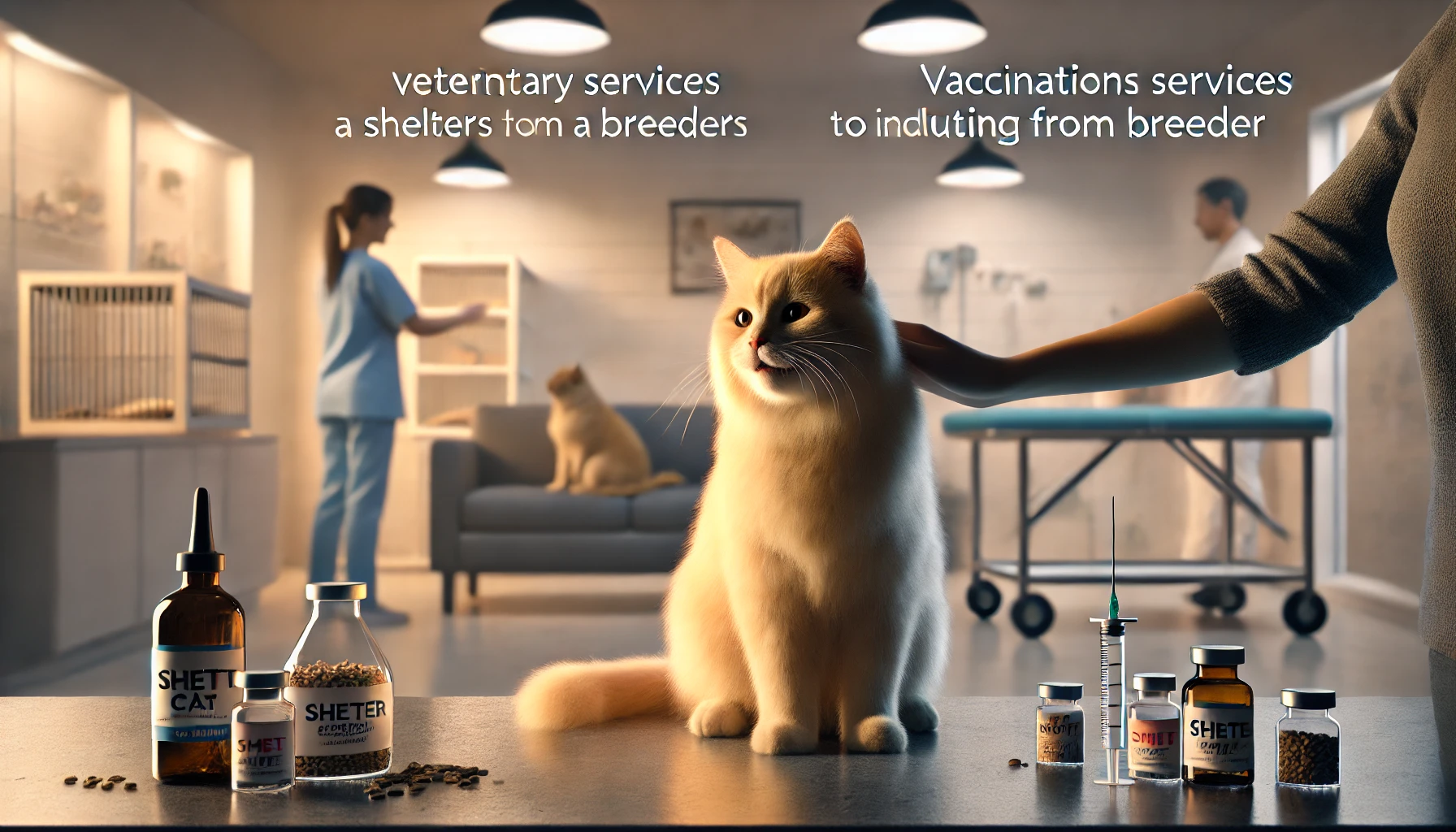
Cost-Effectiveness Compared to Breeders
Adopting from a shelter is often more affordable than buying from a breeder, as shelters typically include essential services in the adoption fee.
These services may include:
- Spaying or neutering
- Vaccinations
- Microchipping
- Initial veterinary check-ups
By covering these initial costs, shelters make adoption a more budget-friendly option for prospective pet owners.
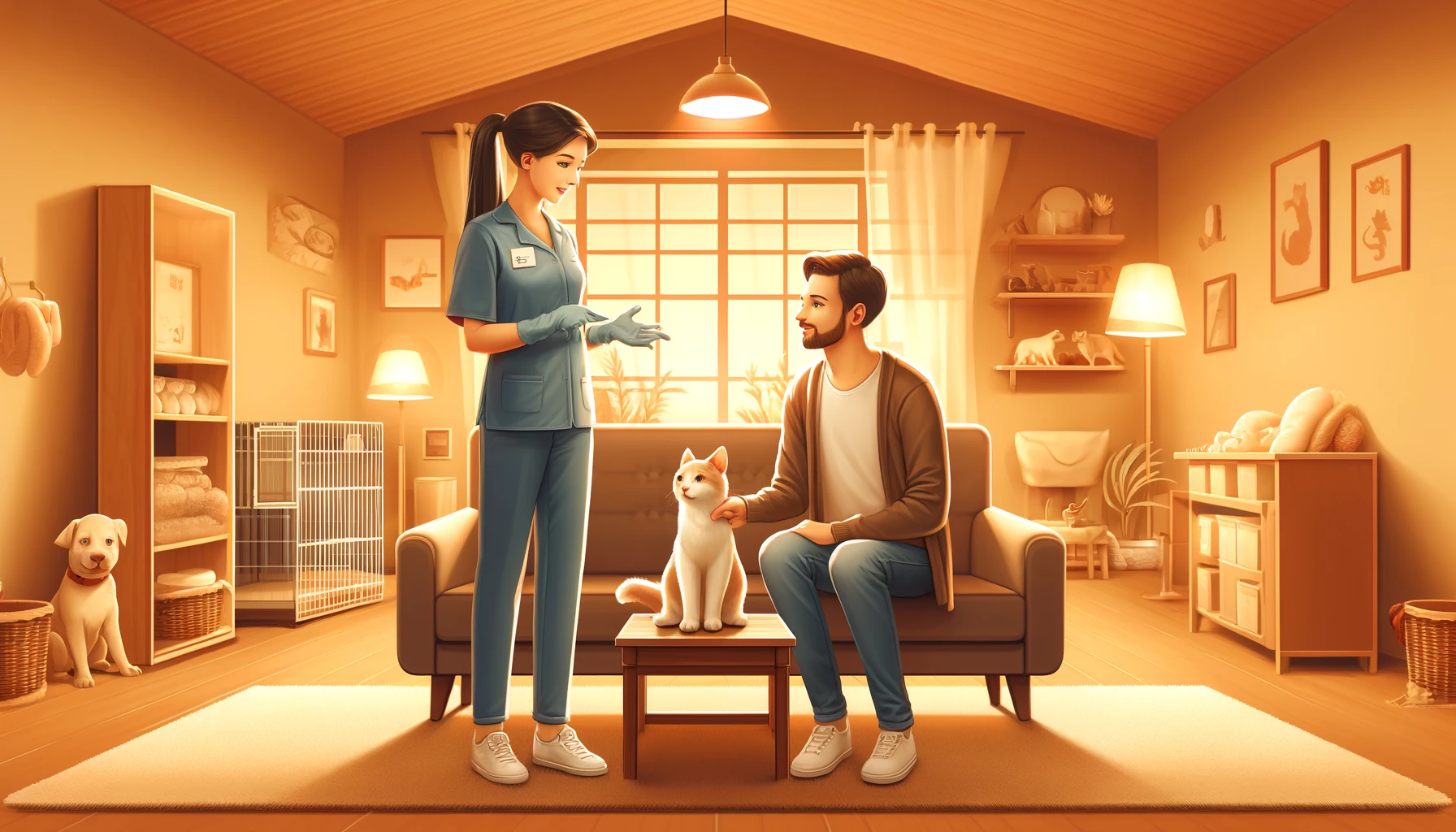
Support from Shelter Staff Post-Adoption
Shelters often provide ongoing support for adopters, offering guidance and advice on topics such as:
- Proper cat care and nutrition
- Behavioral advice and training tips
- Assistance with integration into the home environment
This support can be invaluable, particularly for first-time cat owners who may need additional assistance.
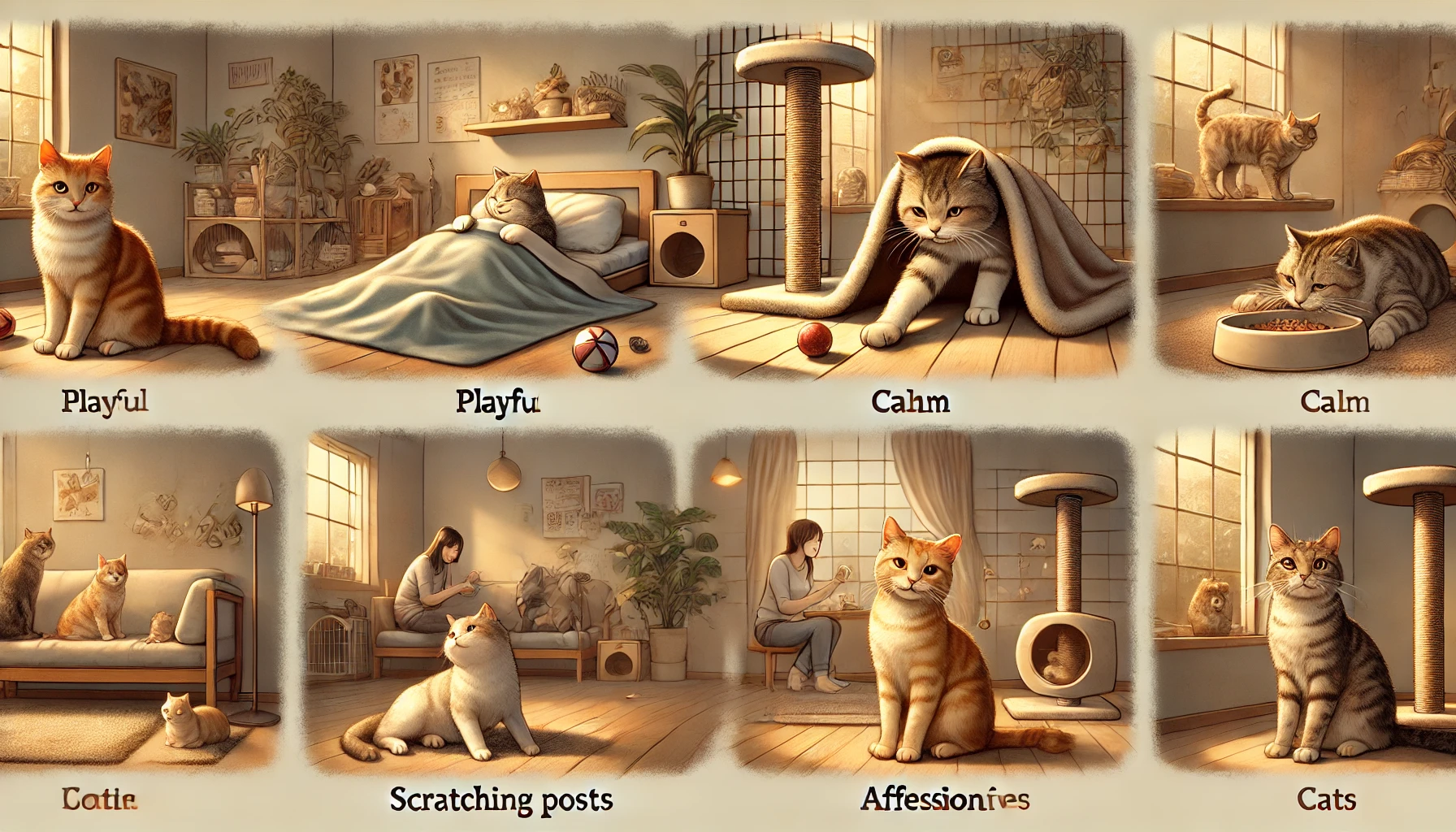
Access to a Variety of Cat Personalities
Shelters house cats with diverse personalities, allowing you to find a companion that perfectly matches your lifestyle.
Whether you’re looking for an active, playful cat or a calm, affectionate lap cat, shelters offer a range of options.
Embracing shelter cat adoption not only brings joy into your life but also positively impacts the community by supporting animal welfare initiatives.
Adoption provides benefits like companionship, cost savings, and support from shelter staff post-adoption, helping your new friend adjust.

How to Prepare for Adopting a Shelter Cat
Bringing a shelter cat into your home is an incredibly rewarding experience that requires thoughtful preparation.
Ensuring a smooth transition for your new feline friend involves a few essential steps.
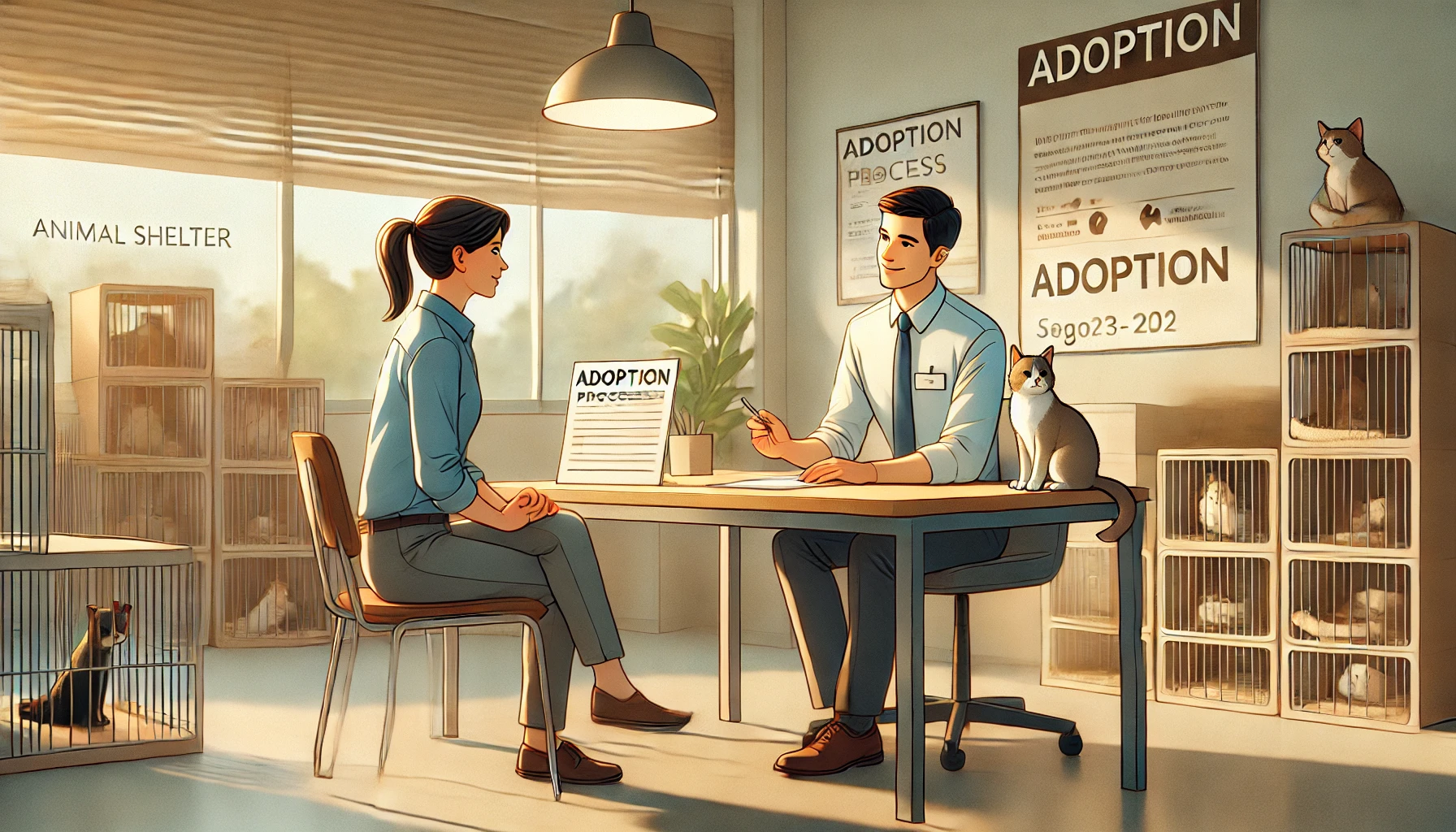
Understanding the Adoption Process
Before adopting, familiarize yourself with the shelter’s procedures.
Typically, the process includes:
- Completing an application form that details your living situation and experience with pets
- Participating in an interview or home visit to assess compatibility
- Paying an adoption fee that often covers vaccinations, spaying/neutering, and microchipping
Being prepared for these steps can streamline the adoption process and make it a more enjoyable experience.

Preparing Your Home for a New Cat
Creating a safe and welcoming environment is essential for your shelter cat’s comfort.
Consider these steps:
- Designate a quiet, secure space where the cat can acclimate
- Remove or secure hazardous items, such as toxic plants and small objects
- Provide essential supplies, including food and water dishes, a litter box, scratching posts, and comfortable bedding
Setting up a cat-friendly space helps your new pet feel safe and at ease.

Integrating a Shelter Cat into Your Family
Introducing your new cat to family members and other pets should be done gradually:
- Allow the cat to explore its designated space before expanding to the rest of the home
- Supervise initial interactions with other pets, using barriers if necessary
- Encourage family members to approach the cat calmly and gently
Patience and positive reinforcement are essential for a successful integration.
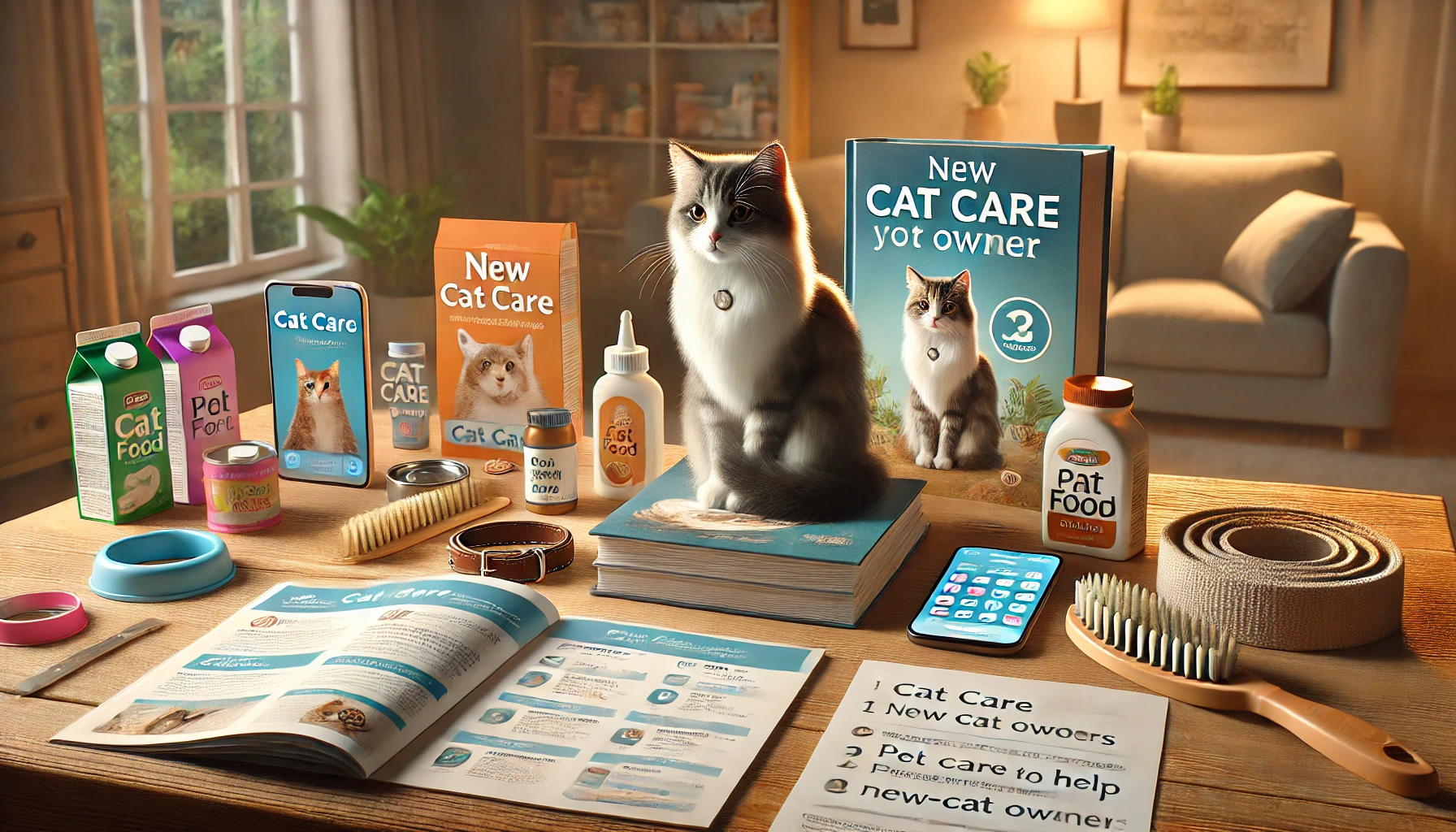
Resources for New Cat Owners
Utilize available resources to support your journey as a cat owner:
- Consult your veterinarian for health advice and regular check-ups
- Access online forums and local support groups for tips and shared experiences
- Attend workshops or training sessions offered by shelters or pet stores
Taking advantage of these resources will help you provide a loving and supportive home for your shelter cat.
Preparing your home is key! Create a cozy, safe space for a smooth transition, ensuring your cat feels secure and welcome.
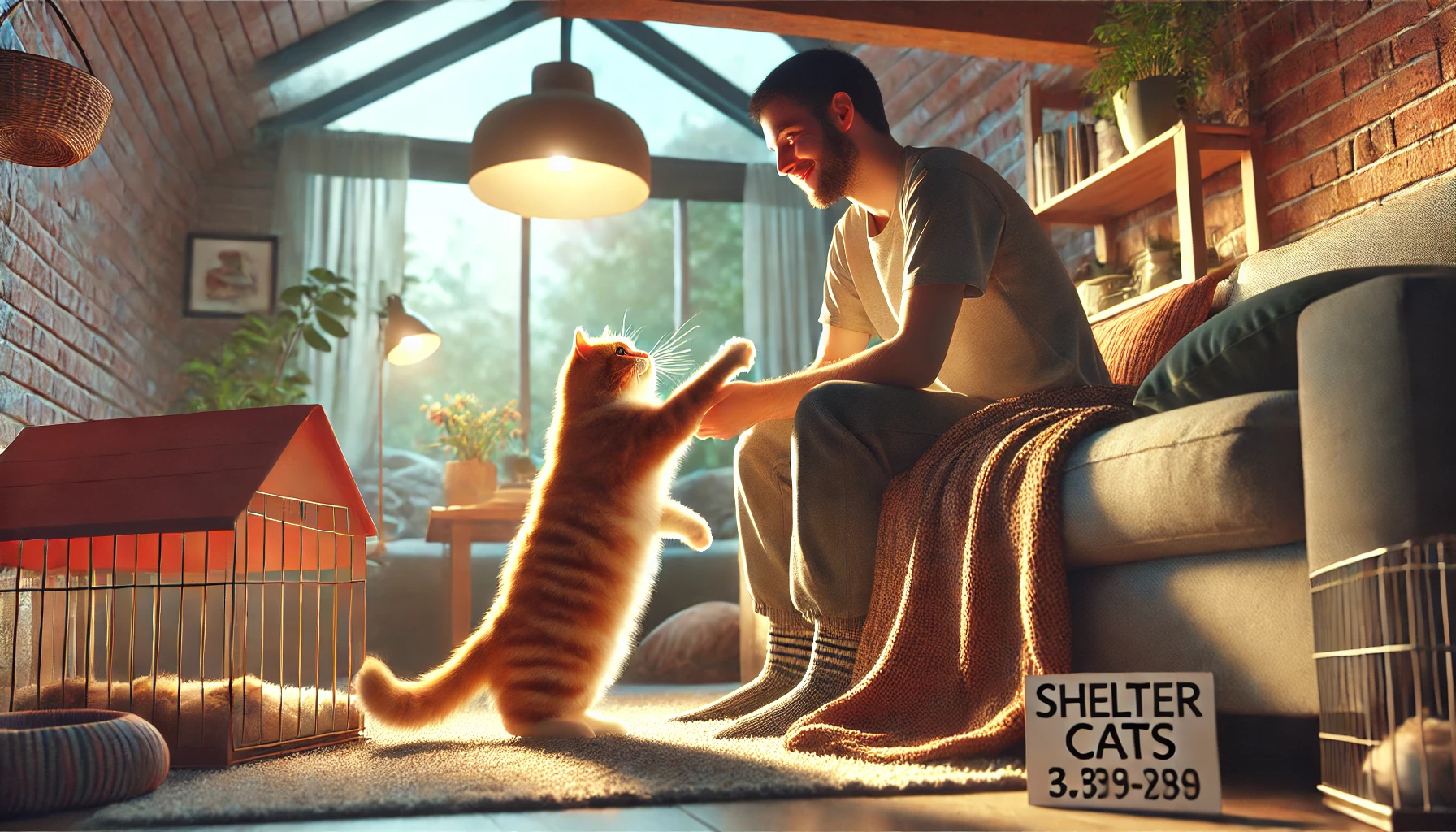
Success Stories: Shelter Cats in Loving Homes
Adopting shelter cats not only transforms their lives but also brings immense joy and fulfillment to their new families.
Here are some heartwarming success stories that highlight the positive impact of shelter cat adoption.

Transformations After Adoption
Many shelter cats experience remarkable transformations once they find a loving home.
For instance, a cat named Luna was rescued from a hoarding situation where she lived in overcrowded and unsanitary conditions.
After being adopted, Luna blossomed into a healthy and affectionate companion, showing how resilient shelter cats can be when given proper care and love.

Testimonials from Adoptive Families
Adoptive families often share their positive experiences with shelter cats.
One family adopted a senior cat named Harry, who had been in the shelter for a long time.
Despite his age, Harry adapted quickly to his new home, offering companionship and affection to his adopters.
Such testimonials highlight the rewarding experience of adopting shelter cats of all ages.
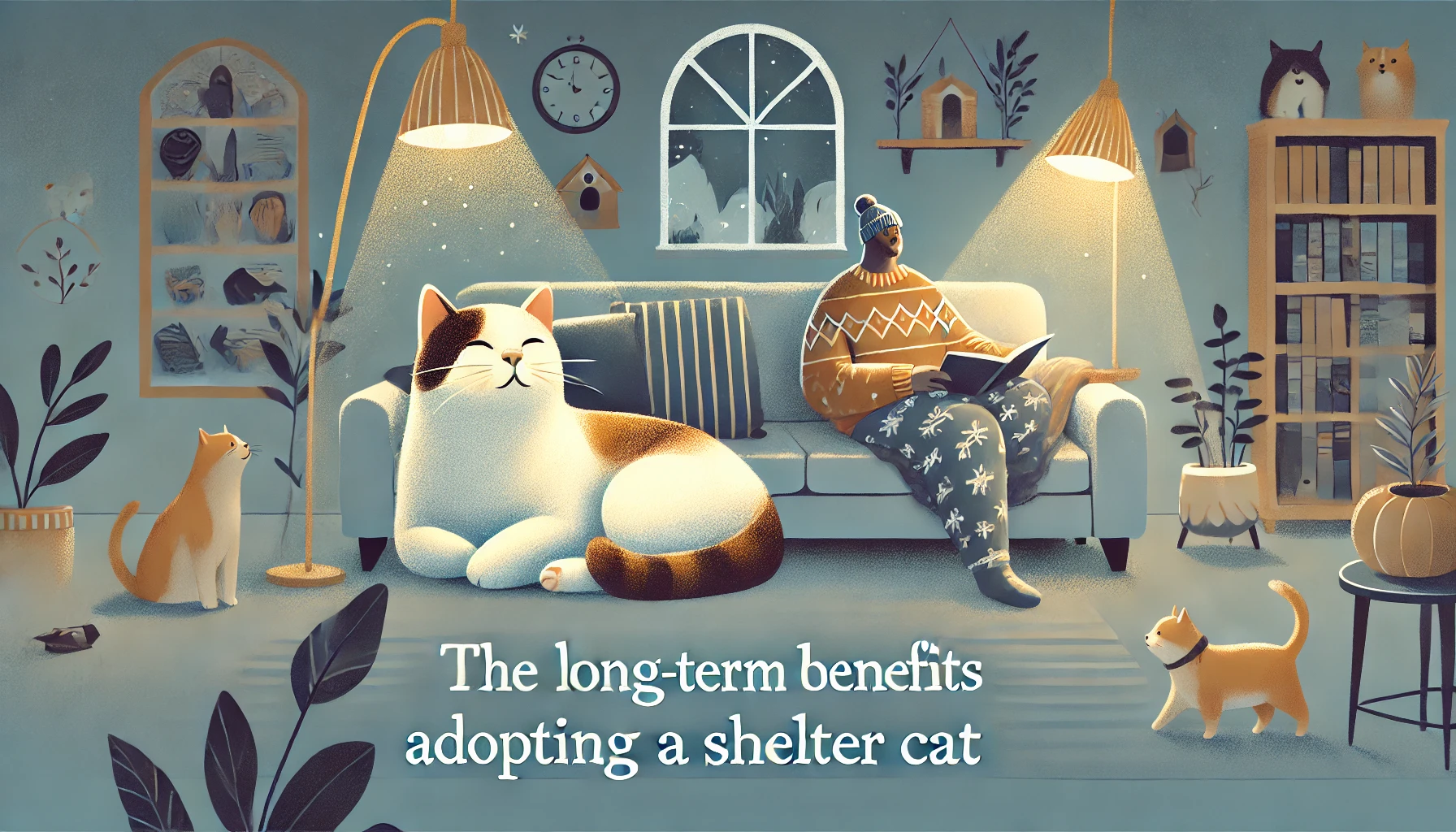
Long-Term Benefits of Adopting Shelter Cats
Adopting shelter cats provides both immediate companionship and long-term benefits.
Research has shown that interacting with cats can lower blood pressure, reduce stress, and even boost the immune system.
The presence of a cat in the home creates a calming atmosphere, enhancing relaxation and overall well-being.

How Shelter Cats Enrich Lives
Shelter cats often form deep bonds with their adopters, enriching their lives in unexpected ways.
For example, a rescue cat named Smokey alerted his owners to a dangerous gas leak in their home, demonstrating the remarkable intuition and intelligence of these animals.
Stories like these underscore the profound connections that develop between shelter cats and their families.
These success stories show that adopting shelter cats not only saves lives but also brings joy, companionship, and numerous benefits to their new families.
By opening your heart and home to a shelter cat, you can experience the transformative power of adoption.
Many shelter cats thrive in new homes, bringing joy and love to their adoptive families. Their resilience and companionship can be transformative.

The Journey of Adopting Shelter Cats: A Lifelong Reward
Adopting shelter cats is a journey filled with compassion, joy, and a deep bond.
By opening your home to a cat from a shelter, you’re contributing to a meaningful cause—offering a second chance to animals in need while enriching your life in countless ways.
This journey, while transformative for the cat, also brings lasting benefits to you and your household.
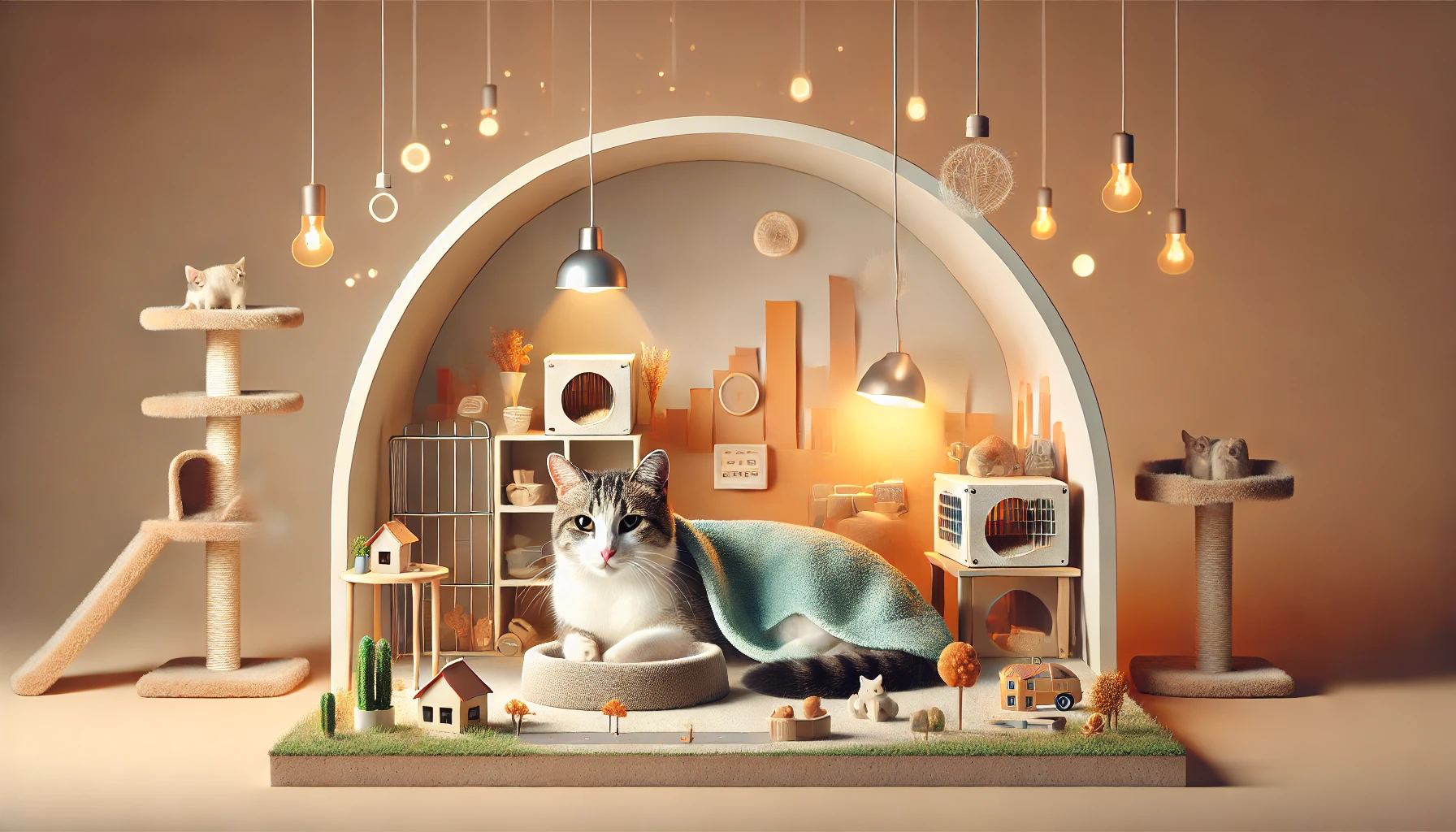
Understanding and Embracing the Realities of Shelter Cats
This article has explored some of the most common misconceptions surrounding shelter cats.
From concerns about health and behavior to assumptions about their age or breed, these cats are often misunderstood.
The truth is that shelters provide comprehensive care, from health screenings and behavioral assessments to necessary veterinary services, all to ensure each cat is ready for a smooth transition into a new home.
By embracing these realities, adopters make well-informed decisions that benefit both their lives and the lives of shelter cats.

Recognizing the Benefits of Adopting a Shelter Cat
The benefits of adopting shelter cats extend far beyond companionship.
Adoption saves lives, reduces overpopulation in shelters, and supports the continued rescue and care of other cats in need.
Additionally, the support and guidance from shelter staff help make the transition smooth and ensure adopters are well-prepared to meet their new feline friend’s needs.
Financially, adoption from a shelter is often economical, as many essential veterinary services are covered in the adoption fee.

Preparing for a Lasting Bond
Preparation for adoption involves more than just paperwork; it’s about creating a safe and welcoming environment for your shelter cat.
From setting up a cozy space to gradually introducing your new pet to other family members, these steps are crucial in fostering a trusting bond.
Preparing for your new companion’s arrival ensures a positive start to your life together.

Transformative Stories of Shelter Cats
Shelter cat adoption often leads to beautiful success stories.
Many adopters share tales of transformation, where once-timid or neglected cats flourish into joyful, affectionate companions.
Each shelter cat possesses a unique personality, and adopters find that these cats have so much love to give.
Testimonials from adoptive families illustrate how shelter cats have brought joy, comfort, and even a sense of purpose into their lives.
In choosing to adopt a shelter cat, you embark on a journey filled with love, loyalty, and gratitude.
Your decision not only changes the life of the cat you adopt but also brings a rewarding experience that embodies the true spirit of companionship.
Adopting a shelter cat is a journey of compassion and joy, with benefits lasting a lifetime for both you and your feline friend.
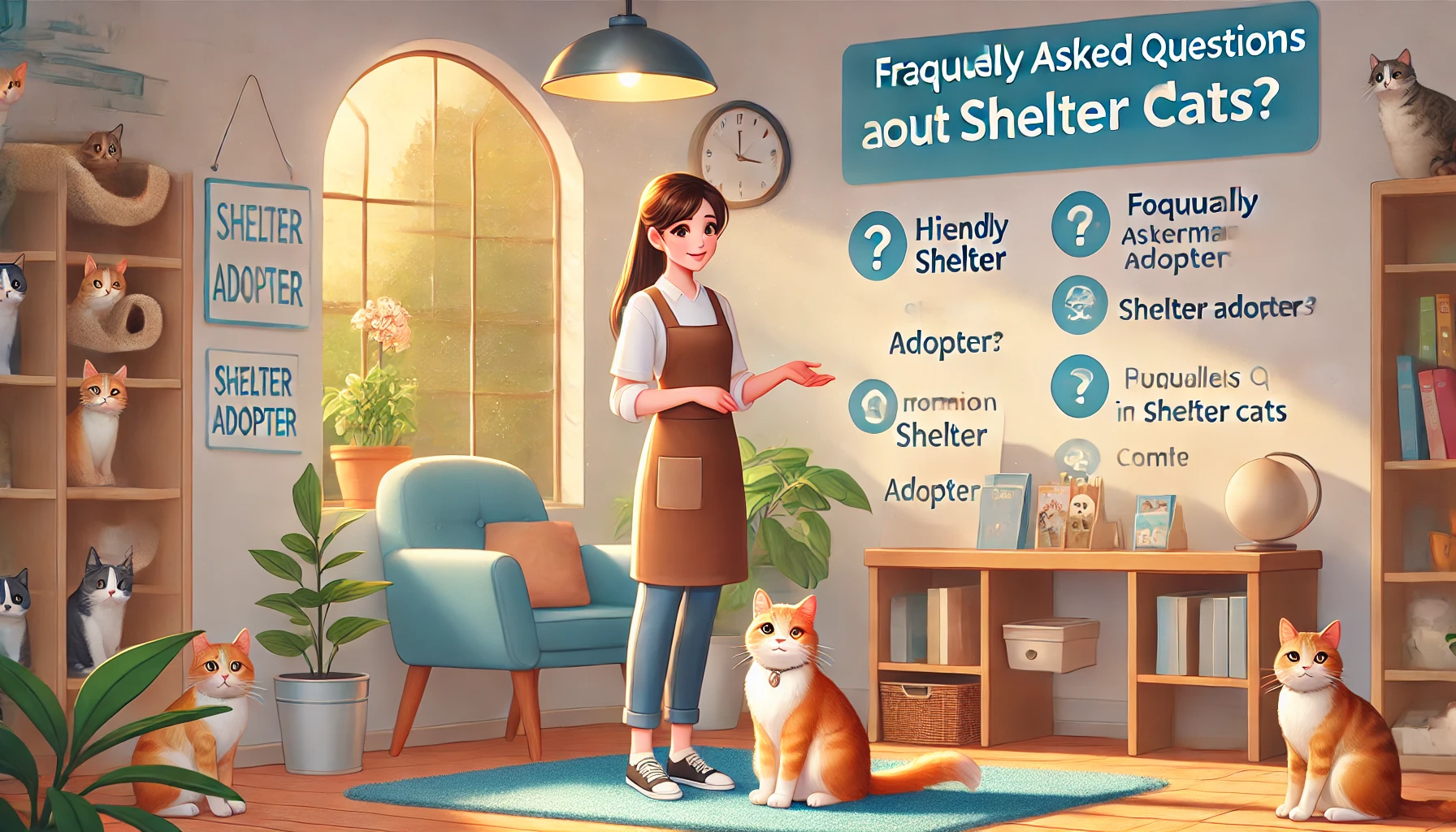
FAQs About Shelter Cats
The adoption of a shelter cat is always rewarding and sometimes full of questions.
Some common queries with their answers are provided below to help guide your decision.
Are cats in shelters healthy?
Yes, every accredited shelter keeps animals under medical observation, and on the adoption date, cats are vaccinated and neutered/spayed to ensure you’ll get a healthy cat.
Do shelter cats have behavioral issues?
Not necessarily.
Many cats are relinquished for reasons such as owner relocation or financial difficulties rather than behavioral issues.
Can I find kittens in shelters?
Yes, shelters accept cats of all ages, including kittens, particularly during the spring and summer ‘kitten season.’
Are purebred cats available in shelters?
Yes, although most cats in shelters are mixed breeds, purebred cats also end up in shelters for various reasons.
How much does it cost to adopt a cat from a shelter?
Adoption fees vary, but most shelters charge between $50 and $175, often including vaccinations, spaying/neutering, and microchipping.
How do I get my home ready for a new cat?
Provide essential items like food and water bowls, a litter box, scratching posts, and bedding.
Make your home safe and inviting.
How do I introduce a shelter cat to other pets?
Introduce them gradually, supervise initial interactions, and allow the new cat time to adjust to its own space before exploring the rest of the house.
What kind of post-adoption support do shelters provide?
Most shelters offer ongoing support, often providing advice on cat care, behavioral guidance, and assistance with integration into your home.


